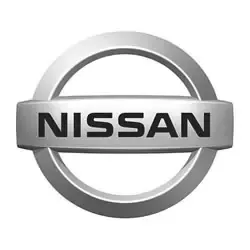Nissan NV3500 Tire Pressure
Most common recommended tire pressure for Nissan NV3500 can range from 50 psi to 80 psi depending on year of production, trim and OEM tire size, but it maybe different for older models. It is imperative to confirm the exact tire inflation for your Nissan NV3500 to ensure safety on the road. Always refer to your vehicle owner's manual for the correct tire pressure designated by vehicle's manufacturer.
Select your Nissan NV3500 production year to see its recommended tire inflation.
| Model Year | Front Tires | Rear Tires |
|---|---|---|
| 2021 Nissan NV3500 | 50 psi | 80 psi |
| 2020 Nissan NV3500 | 50 psi | 80 psi |
| 2019 Nissan NV3500 | 50 psi | 80 psi |
| 2018 Nissan NV3500 | 50 psi | 80 psi |
Recommended Tire Pressure for Nissan NV3500
Maintaining the recommended tire pressure for the Nissan NV3500 is pivotal to ensuring optimal vehicle performance, safety, and efficiency. Correct tire inflation plays a crucial role in maximizing the tire's contact with the road, which enhances traction, stability, and handling, particularly important for a vehicle designed to handle substantial loads or transport multiple passengers like the NV3500. Additionally, tires inflated to the manufacturer's recommended levels are less prone to overheating and more resistant to wear and punctures, significantly extending tire life and reducing the need for premature replacements. Proper tire pressure is also key to improving fuel efficiency, as underinflated tires increase rolling resistance, requiring more fuel to maintain the same speed. Regularly checking and adjusting tire pressure to adhere to Nissan's guidelines ensures the NV3500 operates safely, economically, and at its optimum performance level, ultimately contributing to lower operational costs and enhanced road safety.

All listed guides, data and/or calculations are for informational purposes only. TirePressure.com does not warrant or make any representations regarding the accuracy of or the results of the use of this information. Always refer to vehicle owner's manual for the correct tire pressure configuration.